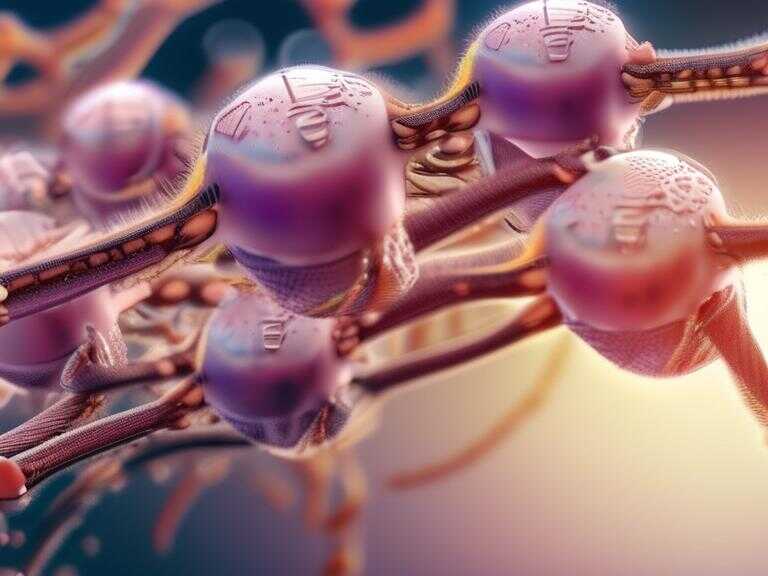
Scientists Uncover Termite's Deadly Defense Mechanism: Enzyme-Packed 'Backpacks' Explode to Deter Invaders
Termite workers eject toxic foam containing a potent enzyme when attacked, potentially saving their nest from invaders, as studied by scientists.

A recently published video depicts a remarkable defensive behavior observed in a species of termite known as Neocapritermes taracua, found in French Guiana. The footage captures a termite worker under attack by three adversaries of a different species. In a bid to protect its nest, the beleaguered worker produces a caustic foam from its back, a reaction resulting from a potent enzyme embedded within its exoskeleton.
Unraveling the Mystery
The video reveals two distinct blue structures on the worker's back, which scientists have identified as solid deposits of a potent enzyme. This discovery prompted a team of biologists to conduct a detailed analysis of the termite's unique defense mechanism, as reported in a paper published on Thursday in the journal Structure. The researchers sought to understand the composition of the enzyme and the mechanism behind its explosive and lethal reaction when faced with threats.
This extraordinary defense mechanism, while fatal to the attacking foes, serves as a lifeline for the termite colony, safeguarding its members from potential harm. The findings illuminate an intricate aspect of termite behavior and chemical defense mechanisms, shedding light on the remarkable adaptations that enable these insects to thrive in their environments.
The research not only unveils the secrets behind the termite's perilous enzyme, but also contributes to a broader understanding of insect defense strategies. By elucidating the compounds and interactions involved in this defensive behavior, scientists gain valuable insights that may have implications for related fields, such as biochemistry and ecology.
The study of Neocapritermes taracua's intricate defense mechanism represents a step forward in unraveling the remarkable adaptations exhibited by organisms in the natural world. As scientists continue to explore the complexities of insect behavior and chemistry, these findings pave the way for deeper understanding of the survival strategies employed by diverse species.
Share news















